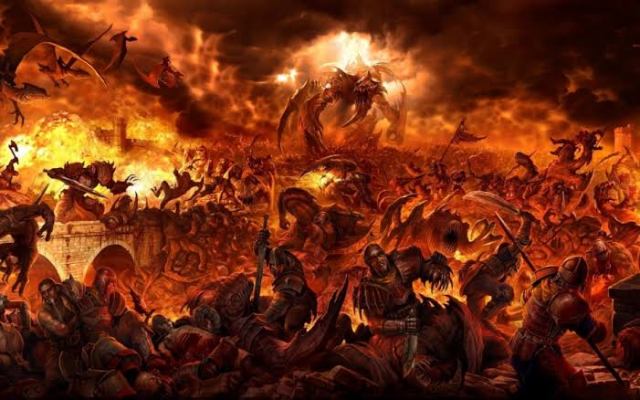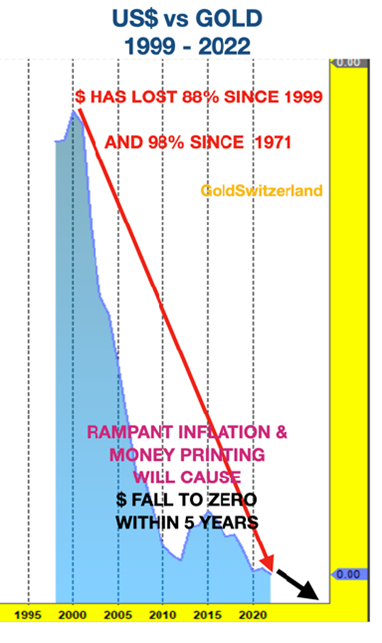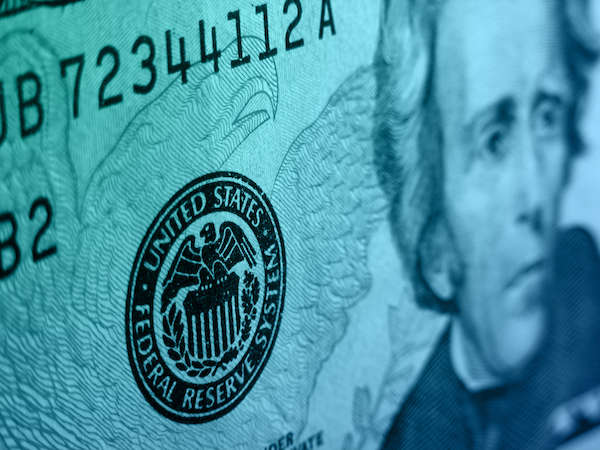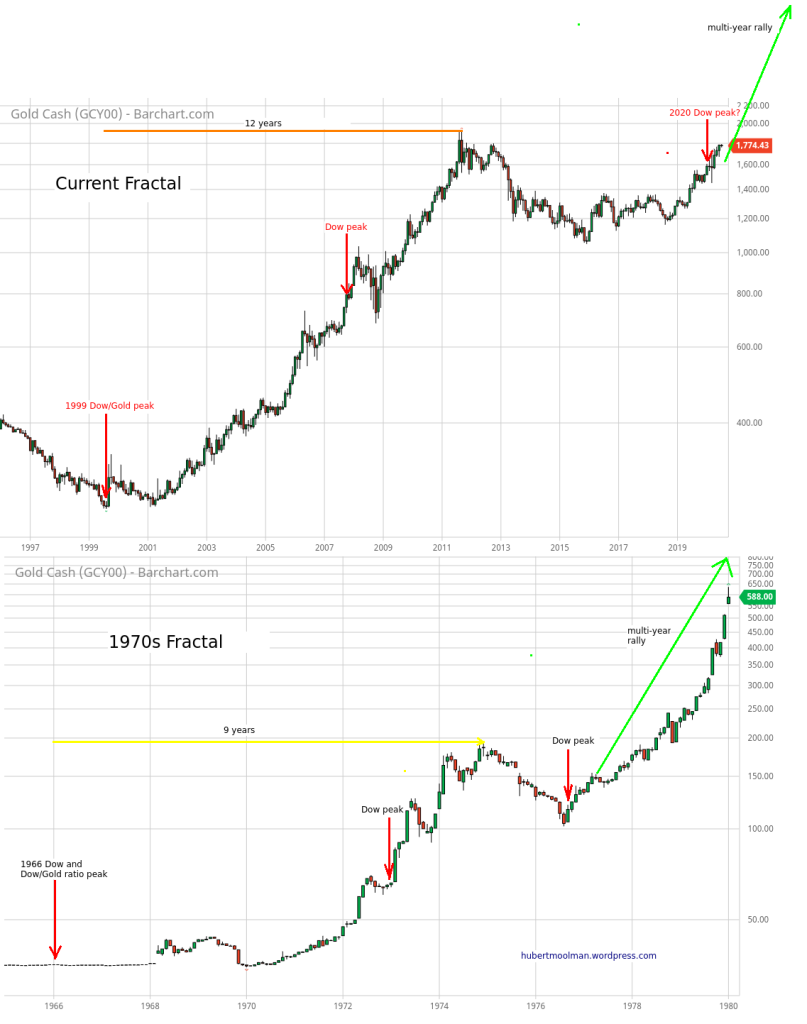When we look at upside down wealth pyramid at the left, I have a big problem with the picture it promotes. It is clearly based on someone’s opinion of what investments are safe. The one thing it does well is to scream that some investments have a high degree of risk and it is best not to put all our eggs in the same basket.
Another issue is how a 401 or pension will fare during hard times or if we do see a huge number of defaults. Consider this an indication that placing your wealth into paper promises means it has the potential to vanish or be converted into something to would never agree to. Again, the devil is in the small print or the fact “they” can change the rules at any time.
While a great deal of speculation has been showered upon us concerning inflation turning to deflation, we will not know the true direction of things until they occur. One thing to keep in mind is that government employs a tremendous number of people that will never accept a cut in pay. This will put a solid net under falling prices. Combined with the refusal of many workers to consider working for anything near minimum wage helps push away the notion of deflation. In fact today, my local paper announced the City Council in Fort Wayne, Indiana just approved retroactive COVID-19 hazard bonuses for all city workers.
It is important to move towards forecasting based on probability rather than predictions. Keep in mind a great deal of how we deal with the options before us is centered on how we position ourselves…
…click on the above link to read the rest of the article…









 Image credit: Cildo Meireles
Image credit: Cildo Meireles






